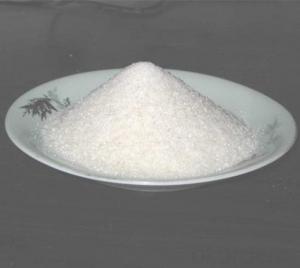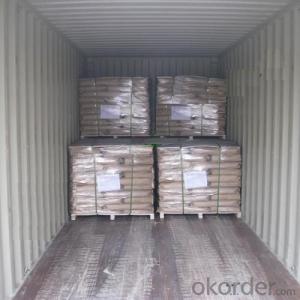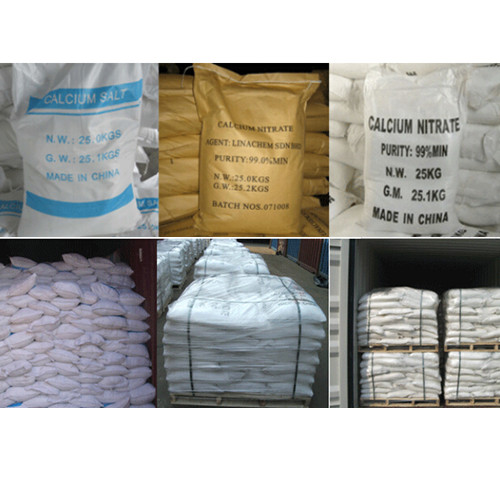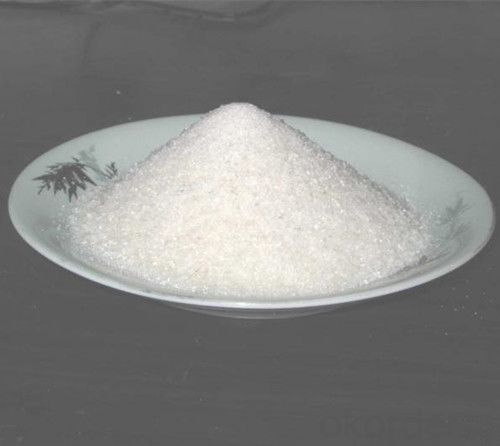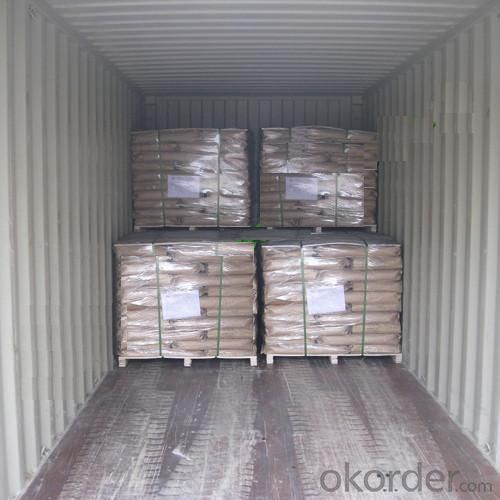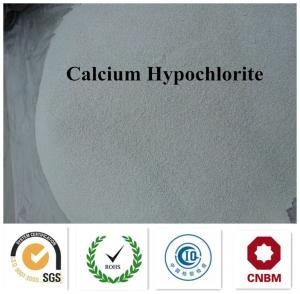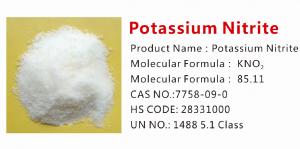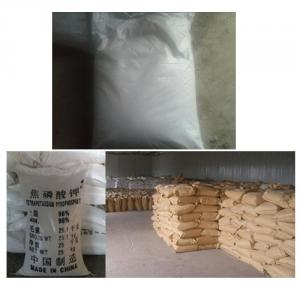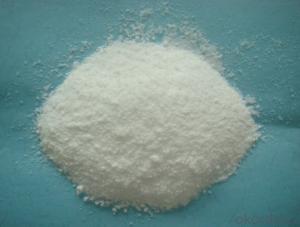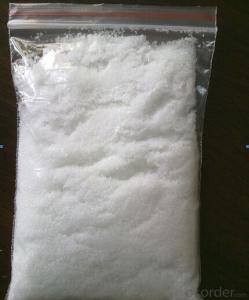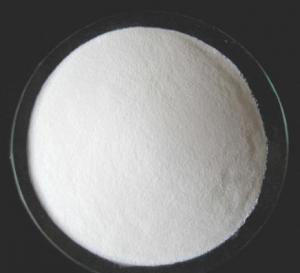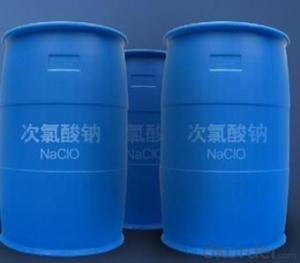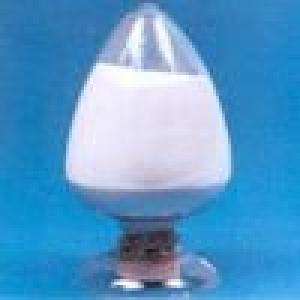Calcium Nitrate Norgessalpeter Norwegian Saltpeter
- Loading Port:
- China main port
- Payment Terms:
- TT or LC
- Min Order Qty:
- 1000 kg
- Supply Capability:
- 500000 kg/month
OKorder Service Pledge
OKorder Financial Service
You Might Also Like
Calcium Nitrate
Product Name:Calcium Nitrate
Molecular formula: Ca(NO3)2 .4H2O
Molecular weight: 236.15
CAS NO.:10124-37-5
HS CODE: 28342990
UN NO.: 1454 5.1 Class Oxidant
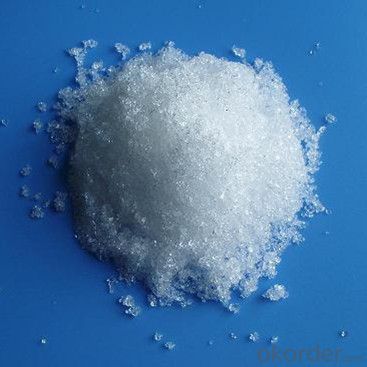
Use in fertilizer
The fertilizer grade is popular in the greenhouse and hydroponics trades; it contains ammonium nitrate and water,
as the "double salt" 5Ca(NO3)2.NH4NO3·10H2O. This is called calcium ammonium nitrate.
Waste water treatment
Calcium nitrate is used in waste water pre-conditioning for odour emission prevention. The waste water pre-conditioning is
based on establishing an anoxic biology in the waste water system. In the presence of nitrate, the metabolism for sulfates
stops, thus preventing formation of hydrogen sulphide. Additionally easy degradable organic matter is consumed, which
otherwise can cause anaerobic conditions downstream as well as odour emissions itself. The concept is also applicable for
surplus sludge treatment.
Concrete
Calcium nitrate is used in set accelerating concrete admixtures. This use with concrete and mortar is based on two effects.
The calcium ion accelerates formation of calcium hydroxide and thus precipitation and setting. This effect is used also in cold
weather concreting agents as well as some combined plasticizers. The nitrate ion leads to formation of iron hydroxide, whose
protective layer reduces corrosion of the concrete reinforcement.
Cooling baths
The dissolution of calcium nitrate tetrahydrate is highly endothermic (cooling). For this reason, calcium nitrate tetrahydrate is
sometimes used for regenerateable cold packs.
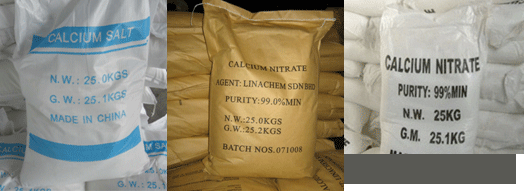
| Inspection ltem | Unit | Ind.G. | Agri.G. |
| Assay | %>= | 99.0 | 99.0 |
| PH Value | - | 5—7 | 5—7 |
| Water Insolubles | %<=< span=""> | 0.01 | 0.01 |
| Heavy Metal | %<=< span=""> | 0.001 | 0.001 |
| Sulphates | %<=< span=""> | 0.03 | 0.03 |
| Iron | %<=< span=""> | 0.002 | 0.003 |
| Chloride | %<=< span=""> | 0.005 | 0.005 |
| Calcium Oxide | %>= | - | 23.4 |
| Nitrogen | %>= | - | 11.76 |
Packing: In 25/50kg net PP/PE bag or the demanding of customer.
FAQ
1.Q: What is MOQ?
A: Our MOQ is 1 TON.
2.Q: Could you offer free sample?
A: We can provide free samples to you for quality testing.
3.Q: What about your packing?
A: For liquid: Flexitank, or IBC tank 1000L
For powder:Woven fabric bag with plastic film liner( 25kg or 1000kg)
Clients’ packing is workable.
4.Q: How about your productive capacity?
A: 150000 tons/Year.
5.Q: What is your delivery time?
A: Within 7 days after received deposit or L/C at sight.
Inorganic salt inorganic salts of inorganic compounds, namely the old said minerals, is found in the body and food of mineral nutrients, cells most inorganic salt exists in the form of ions, composed of organic and inorganic composite.The body has been found that there are more than 20 species of inorganic salt, about 4 to 5% of body weight.
The content more (> 5 g) for calcium, phosphorus, potassium, sodium, chloride, magnesium, sulfur, seven;Dietary requirements are more than 100 mg a day,known as the constant elements.Other content is low, along with the progress of the modern analysis technology, the use of atomic absorption spectrum, neutron activation and plasma emission spectrum, trace analysis, found the iron, copper, zinc, iodine, manganese, selenium, chromium, nickel, cobalt, molybdenum, silicon, fluorine, such as vanadium element is also essential to daily dietary requirements for mu g ~ mg called trace elements.
Although the inorganic salt content in the cells, the body is very low, but the effect is very large, if the diversification of diet and eat less animal fat, eat brown rice, and whole grains such as corn, don't eat too much refined flour, can make the inorganic salt in the body to maintain normal levels.
- Q: TRUE OR FALSE: the addition of salts to water will always increase the surface tension of water. explain.?
- False. Although inorganic salts will increase surface tension of the water by increasing the attractive forces between water molecules on the surface, organic salts will typically (always?) decrease the surface tension.
- Q: What is an inorganic salt?
- Inorganic salts are not just salts of carbon-free salts, and some salts containing carbon are apparently also inorganic salts such as K2CO3, sodium bicarbonate, etc.
- Q: What is the inorganic salt
- The main sources of various inorganic salts and the lack of the main performance (1) sodium sodium is the main ingredient of salt.China's nutrition society recommended adults over 18 years of age sodium intake of 2.2 grams per day, the elderly should take light food Sodium is commonly found in a variety of foods. The main sources of sodium are sodium, soy sauce, pickled foods, smoked foods, salty foods, etc. (2 Calcium is an important part of bone. Disease, osteoporosis, etc .. China Nutrition Society recommended adults aged 18-50 adult calcium intake of 800 mg per day; 50 years of age in the elderly 1000 mg.General calcium-rich foods are milk, yogurt, Oatmeal, sea cucumber, shrimp, wheat, soybean meal, soy products, lily, etc. (3) magnesium is the necessary elements to maintain the structure and function of bone cells.Magnesium deficiency can lead to nervous tension, emotional instability, muscle tremor and so on. (4) Phosphorus is an important part of the composition of bones and teeth. (4) Phosphorus is an important component of bone and teeth. (4) Phosphorus is an important component of bone and teeth. Severe phosphorus deficiency can lead to anorexia, anemia, etc. China Nutrition Society recommended adults over 18 years of age the appropriate intake of phosphorus is 700 mg. Common phosphorus-containing foods are lean meat, eggs, milk, animal offal, kelp, Nuts, coarse grains. (5) Iron is the most content of trace elements in the human body, iron and the human body's life and its health are closely related to iron deficiency will lead to iron deficiency anemia, immunity decreased. China Nutrition Society recommended 50 years old More than men's or women's iron daily intake of 715 mg. Common iron-rich foods are animal liver, kidney, caviar, lean meat, potatoes, wheat bran.
- Q: Can inorganic salts act as stabilizers for emulsified asphalt?
- can. The general use of calcium chloride and ammonium chloride more stable emulsifier
- Q: ATP components are not inorganic salts
- ATP is composed of adenosine and three phosphate groups, chemical formula C10H16N5O13P3, structural formula C10H8N4O2NH2 (OH) 2 (PO3H) 3H, molecular weight 507.184. Three phosphoryl groups are prepared from adenosine as alpha, beta and gamma phosphates. ATP is chemically named 5'-triphosphate-9-β-D-ribofuranosyladenine, or 5'-triphosphate-9-β-D-ribofuranosyl-6-aminopurine.
- Q: A. oxygen demanding wastesB. organic plant nutrientsC. inorganic plant nutrientsD. water soluble inorganic chemicalsE. sediment
- Acids, D. water soluble inorganic chemicals salts, D. water soluble inorganic chemicals metals E. sediment
- Q: Effects of Minerals on Plants
- Root absorption of mineral elements is based on cell uptake. But the root of the absorption of mineral elements has its own characteristics. First, the roots of salt and water relative absorption. As the root of the salt and water absorption mechanism is different, the absorption is disproportionate. The second is that the root system is selective for the absorption of mineral elements. That is, some of the absorption of some ions, while the absorption of some ions with little or no absorption. The third is that single salt poison and ion confrontation. The general cationic toxic effect is obvious, the anion toxic effect is not obvious. In the single salt solution if adding a small amount of other valence of different metal ions in the salt, single salt poisoning phenomenon will be reduced or disappeared. This effect of ions is called ion confrontation. Generally in the periodic table of different groups of metal elements between the ions will have a confrontation. Plants as long as a certain concentration, a certain proportion of a variety of salt mixture in order to normal growth, this solution is called the balance solution. In the fertilization should be very careful.
- Q: What are the effects of water, inorganic salts, carbohydrates, proteins, fats and vitamins?
- The main physiological function of fat: 1. The supply of human heat. (Per gram of fat oxidation can produce 9 kcal of calories, protein and carbohydrates produce more than 2 times.) 2. constitute the body's adipose tissue, adjustable body temperature, To prevent the body outside the scattered, to protect the internal organs, moisturizing the skin. 3. Dissolve nutrients. (Some do not dissolve in water and only soluble in lipids, only in the presence of fat can be absorbed by the body.
- Q: what percent of dissolved salts found in seawater are minor inorganic salts, or trace?
- Seawater varies in composition a little but generally is about 3.5% salts. Of this about 3.1% is sodium chloride. So the remaining 0.4% is the other salts (Magnesium, Calcium and Potassium mostly, followed by just about every natural element in the periodic table in trace amounts)
- Q: Is urea an inorganic salt?
- Is not organic matter ah inorganic salts are present in the body and food minerals in the mineral, composed of organic matter and inorganic synthesis of the human body has been found to have more than 20 kinds of essential inorganic salts, about 4 to 5% of body weight. More (> 5g) for calcium, phosphorus, potassium, sodium, chlorine, magnesium, sulfur seven; daily dietary requirements are more than 100mg, known as constant elements. Other low content, with the modern analysis of technological progress Iron, copper, zinc, manganese, cobalt, molybdenum, selenium, chromium, nickel, silicon, fluorine, vanadium and other elements were found by atomic absorption spectroscopy, neutron activation, plasma emission spectroscopy and other trace analysis methods. But also the human body is necessary, the daily dietary requirements for the amount of μg ~ mg called trace elements.
Send your message to us
Calcium Nitrate Norgessalpeter Norwegian Saltpeter
- Loading Port:
- China main port
- Payment Terms:
- TT or LC
- Min Order Qty:
- 1000 kg
- Supply Capability:
- 500000 kg/month
OKorder Service Pledge
OKorder Financial Service
Similar products
Hot products
Hot Searches

